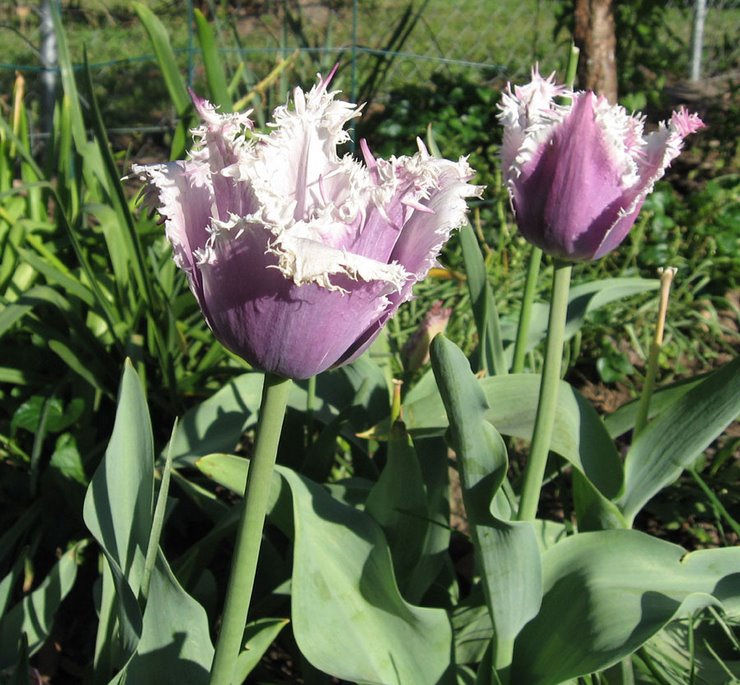 |
| Ladybug on clover |
One of those beneficial insects is the ladybug (also called lady beetle or ladybird beetle). They help protect flowers and crops by eating insect pests like aphids, plant mites and other sap-feeding insects. There are hundreds of different species of ladybugs, some with different numbers of spots, or different colors. They may specialize in which insects they eat. Many of them also eat nectar or pollen from flowering plants. There are a few species of ladybugs that actually do feed on plants, like the Mexican bean beetle and the squash beetle.
 |
| Baby ladybugs |
Some species of ladybugs have only one generation in a year's time, while others have several generations over the course of the growing season. So you may see all life stages of these insects at the same time.
You can encourage ladybugs to make your garden their home by not using insecticides, which will kill them as well as other insects, and by offering them the food, water and shelter they need.
 |
For ladybugs, the ideal source of water is small puddles of water on leaves and rocks from rain or watering. Some people fill a saucer with pebbles and water for them. Birdbaths and ponds may be too steep-sided for tiny insects to get a safe drink.
Ladybugs shelter in loose mulch, and under rocks, fences, tree roots and boards. These places give them a safe place to hide from predators, wind and rain, and shelter to overwinter.
Make sure your garden welcomes ladybugs, and you'll have lots of help with controlling insect pests.

No comments:
Post a Comment